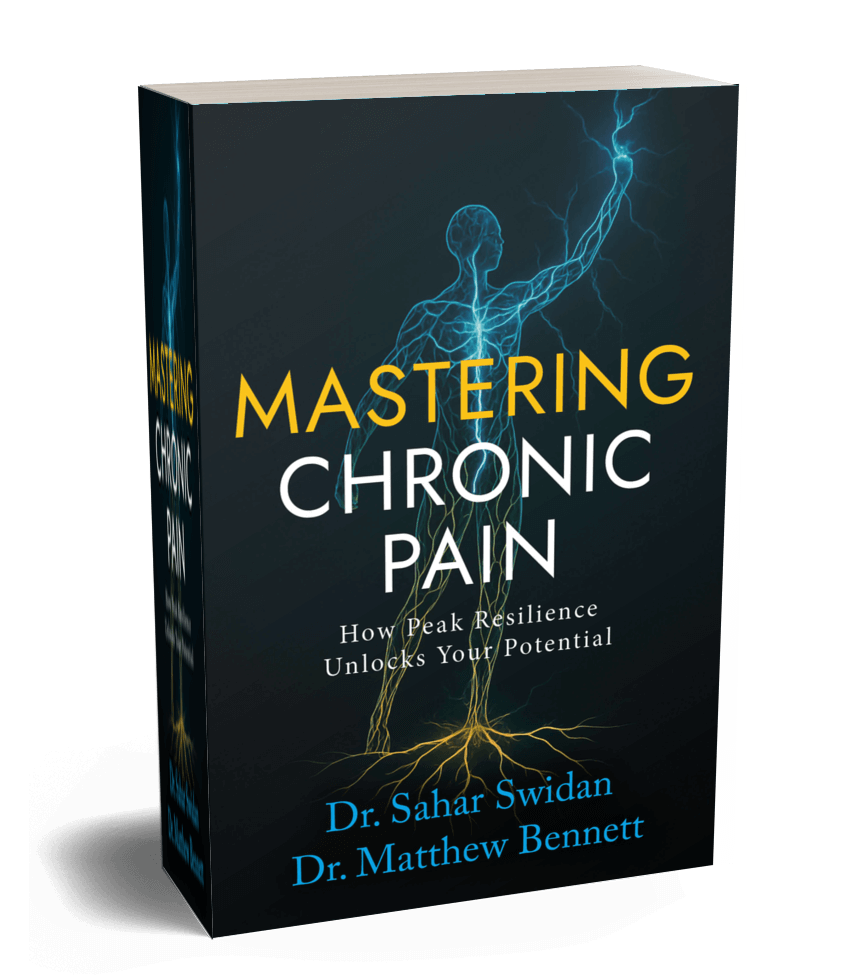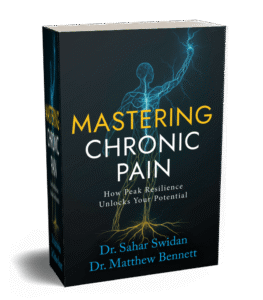Digital health is being transformed by gamification strategies that turn clinical tasks into engaging experiences. This article explores six proven approaches that help patients manage conditions like ADHD, diabetes, and chronic illness through interactive tools and game mechanics. Drawing on insights from experts in the field, these methods demonstrate how healthcare providers can boost patient engagement and improve treatment outcomes.
- Prescribe FDA-Cleared Digital Therapeutics for ADHD
- Simulate Real-World Stressors With Virtual Environments
- Transform Emotional Regulation Into Interactive Journeys
- Help Children Manage Chronic Illness Through Adventure
- Convert Diabetes Care Tasks Into Quests
- Track Daily Progress to Build Patient Accountability
Prescribe FDA-Cleared Digital Therapeutics for ADHD
As a psychiatric nurse practitioner, one of the most creative uses of gamification I’ve implemented is prescribing EndeavorRx and EndeavorOTC—FDA-cleared digital therapeutics designed to improve attention in ADHD.
Adults especially love that it gives them an active role in their treatment instead of feeling dependent solely on medication. I’ve seen patients use it to replace doom-scrolling with ‘helpful’ screen time that still feels rewarding. It reframes treatment from something clinical and passive to something fun, goal-oriented, and empowering—and that shift in mindset has been huge for engagement.

Simulate Real-World Stressors With Virtual Environments
One of the most innovative applications of gamification in digital health has been the use of virtual environments that simulate real-world stressors and reward adaptive coping. In this model, clients engage in scenario-based challenges such as managing a conflict, practicing assertive communication, or navigating anxiety-provoking situations, and receive immediate, game-like feedback when they apply healthy coping strategies. This approach transforms abstract therapeutic skills into interactive experiences, allowing clients to rehearse emotional regulation in a safe, controlled space. Many clients, especially younger or tech-oriented individuals, respond with greater curiosity and commitment when therapy feels experiential rather than purely reflective. Gamified exposure tasks help reduce avoidance, build confidence, and make progress more tangible through visual metrics and in-app milestones. Over time, clients begin to internalize the “game” mechanics by seeing each stressful moment in real life as another chance to practice and earn mastery. This shift turns therapy from something done to them into something they actively play, creating deeper ownership of growth and resilience.

Transform Emotional Regulation Into Interactive Journeys
One of the most striking uses of gamification in digital health has been in mental health and stress management platforms that turn emotional regulation into a kind of interactive journey. Rather than relying solely on text-based exercises or static tracking tools, these apps weave breathing techniques, mindfulness, and cognitive-behavioral exercises into immersive, game-like environments. Users might nurture a digital garden that flourishes when they complete relaxation practices, or level up a character that gains resilience as they log mood entries and manage challenges. These apps blend therapeutic techniques with creative visual storytelling, which allows the process of managing anxiety or depression to become less clinical and more experiential. They allow users to engage emotionally rather than feeling like they are performing another medical task. The impact on patient engagement has been both measurable and deeply personal. Many individuals who resist traditional therapy or find structured mental health tools intimidating become more consistent in their participation when the process feels safe, rewarding, and even playful. The subtle reward systems, like unlocking new scenes, earning tokens, or watching progress materialize visually, reinforce a sense of agency and accomplishment. From a clinical perspective, this shift is crucial because the most powerful interventions often fail not from lack of efficacy but from lack of adherence. Gamification bridges that gap by making mental health care feel like something to look forward to rather than something to endure.

Help Children Manage Chronic Illness Through Adventure
One of the most creative uses of gamification in digital health can be found in pediatric medicine, where games are used to help children manage chronic illnesses like asthma or diabetes. Instead of presenting medical routines as tedious obligations, these programs turn them into fun adventures. For example, a child might play a game in which taking a deep breath with an inhaler powers up a superhero or completing daily glucose checks helps their character earn energy to build a digital world. This approach transforms compliance from something imposed by adults into something intrinsically rewarding, giving young patients a sense of ownership and pride in their care. This can be especially powerful for children who feel that illness has taken control away from them. The effect on engagement is remarkable. Children who once resisted routine medical tasks begin to anticipate them, seeing each small act of self-care as part of a meaningful quest. Adherence rates improve, anxiety about treatment decreases, and even family stress levels drop because the daily medical process becomes more collaborative and less confrontational. Clinically, this translates into better health outcomes and more consistent disease management, but psychologically, it also builds resilience. Gamification, when applied thoughtfully, is a way of helping children integrate their condition into their identity without fear or shame.

Convert Diabetes Care Tasks Into Quests
One of the most creative uses of gamification in digital health that I’ve seen was in a diabetes management app that transformed daily care tasks like glucose checks, medication reminders, and exercise tracking into a quest-based game. With this app, clients could earn points, unlock health levels, and compete in community leaderboards. Completing daily goals triggered encouraging animations and messages from a virtual coach, which seemed to blend behavioral psychology with reward systems. Patients who used this app showed significant improvements in engagement and adherence to medication. The rates of engagement for this type of app doubled compared to standard tracking apps. This also allowed for personalization where patients played a role in setting their own goals and received tailored feedback, resulting in actual progress. Merging accountability, community, and fun with a gamified approach can turn chronic disease management into an empowering experience to boost adherence and emotional well-being.

Track Daily Progress to Build Patient Accountability
Gamification in digital health works best when it shifts recovery into something you actively manage, rather than just a “medical process.” Patients engage well with basic reward-based interactions that acknowledge their input. They monitor and track personal progress to foster trust and care. It’s this mix of motivation and empathy that prevents patients from feeling judged.
One standalone chiropractic app includes a “daily progress tracker,” for instance. Patients are awarded points for good posture or for completing stretching exercises, which unlock new tips. This promotes body alignment awareness and success, making day-to-day activities part of recovery instead of a chore.














